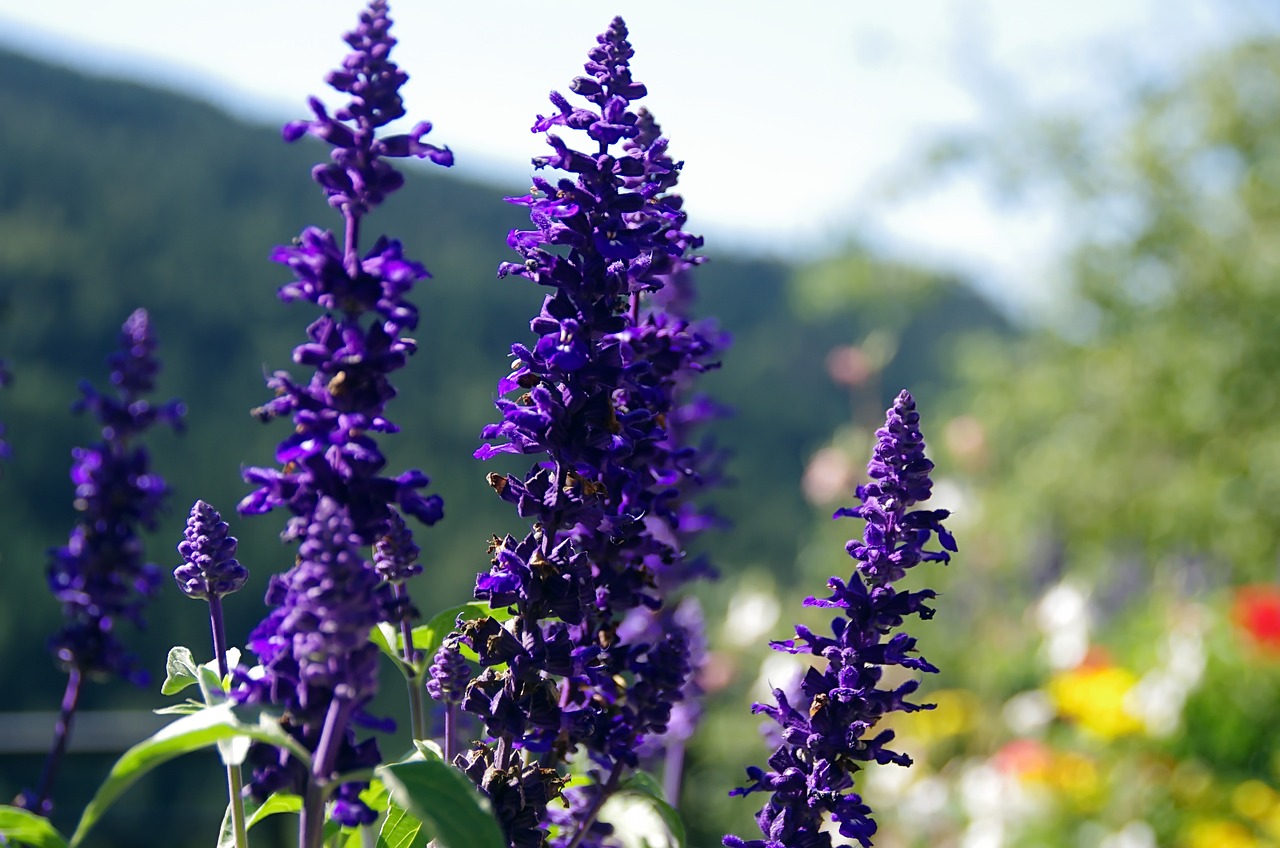Find Out Are Leafcutter Bees Good or Bad? Explore the contrasting views on their impact and significance in this informative guide.
Discover Are leafcutter bees good or bad? By delving into the ecological role and the impact, they have on our environment. Prepare to be intrigued by the intriguing perspectives that surround these busy bees.
Read about Praying Mantis Egg Sac Information and Facts
Leafcutter Bees Profile
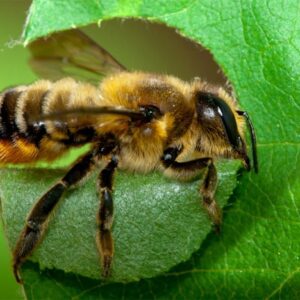
Leafcutter bees (genus Megachile) are fascinating and often misunderstood creatures. They belong to the family Megachilidae, which includes over 1400 species worldwide.
Some gardeners see them as pests because they can damage the leaves of plants, like roses or shrubs, by cutting half-moon shapes out of them. Unlike other pests, such as caterpillars or grasshoppers, leafcutter bees don’t eat the foliage. Instead, they use the leaf pieces to create nest cells.
The cut-out leaf becomes a nursery chamber where the female bee lays an egg. She also adds nectar and pollen to each chamber. These nest cells look a bit like the end of a cigar.
Do Deer Eat Camellias? Find Out
Are Leafcutter Bees Good or Bad?
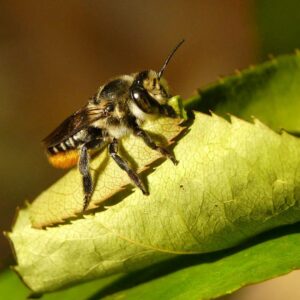
Benefits of Leafcutter Bees:
1. Effective Pollinators: Leafcutting bees are very good at pollinating. They help plants by carrying pollen as they collect food for themselves. When they visit flowers, they unintentionally move pollen from one flower to another.
This helps the plants reproduce and make more seeds or fruits. Leafcutting bees are especially good at this and can pollinate many flowers quickly.
2. Better Crops: They are excellent pollinators for certain crops like alfalfa, blueberries, and onions. When they visit these crops, they help them produce more and better-quality fruits or seeds. Farmers and gardeners sometimes use leafcutter bees to help their crops grow better.
3. Supporting Biodiversity: Leafcutter bees help support a variety of plants. They visit many different kinds of flowers to collect food. This helps different plant species grow and survive. It also helps maintain a healthy balance in nature and supports the diversity of plant life.
4. Creating Homes: Leafcutting bees make nests in small holes or tunnels. These nests provide homes for other insects like beetles and spiders. This helps create a diverse and balanced ecosystem.
Find Do Ladybugs Bite?
Drawbacks of Leafcutting Bees:
- Leaf Damage: Leafcutter bees cut circular pieces of leaves to build their nests. This can sometimes cause minor damage to leaves on ornamental plants or certain crops. However, this damage usually doesn’t harm the overall health or growth of the plants.
- Nests in Unwanted Places: Sometimes, Leafcutting bees may build their nests in inconvenient places like sheds or outdoor furniture. However, this can be annoying for people. It’s important to know that leafcutting bees are not aggressive and rarely cause any damage to buildings. In such cases, it’s helpful to provide alternative places for them to build their nests.
Read about 25 Best Companion Plants for Pest Control
Do Leafcutter Bees Sting?
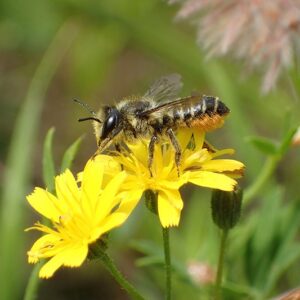
Leafcutting bees are not aggressive and will only sting if handled. However, their sting is mild and less painful than that of a honeybee or wasp.
Find What Do Hummingbirds Love to Eat?
Conclusion
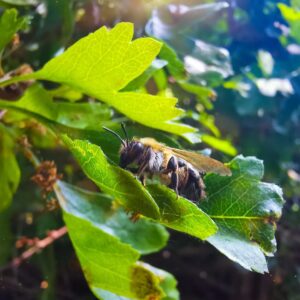
Leafcutter bees are beneficial to the environment and agriculture because they are great at pollinating. While they may cause minor leaf damage and occasionally nest in unwanted locations, the positive impact they have on biodiversity, crop production, and ecosystems outweighs these concerns. It’s important to value and protects these amazing bees to ensure a healthy natural environment and good food production.



